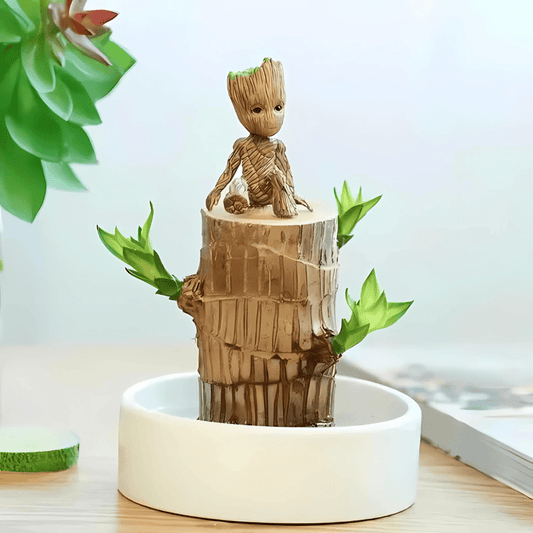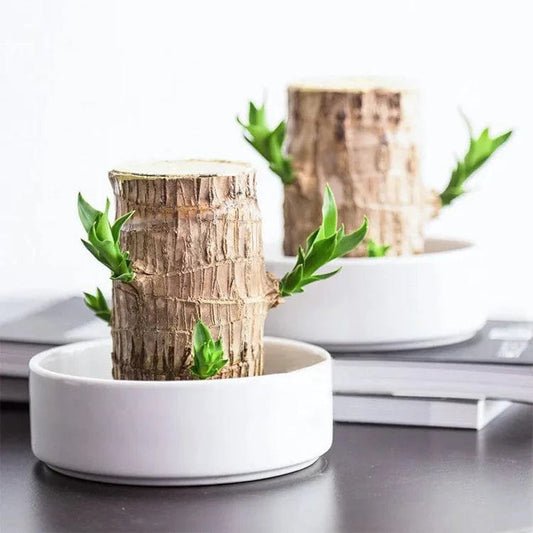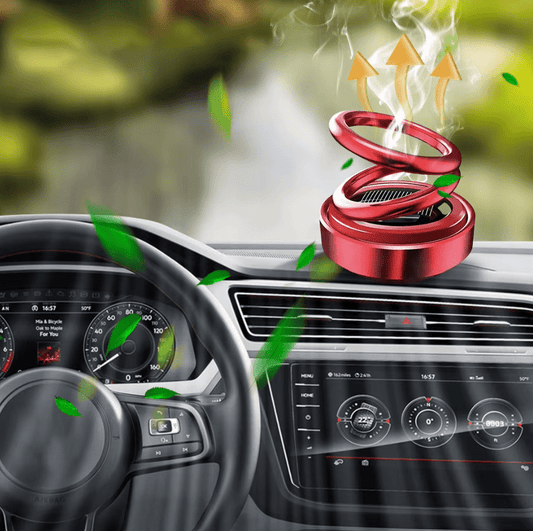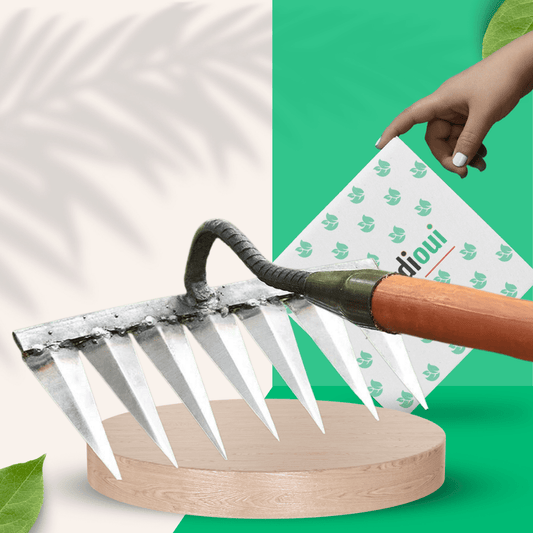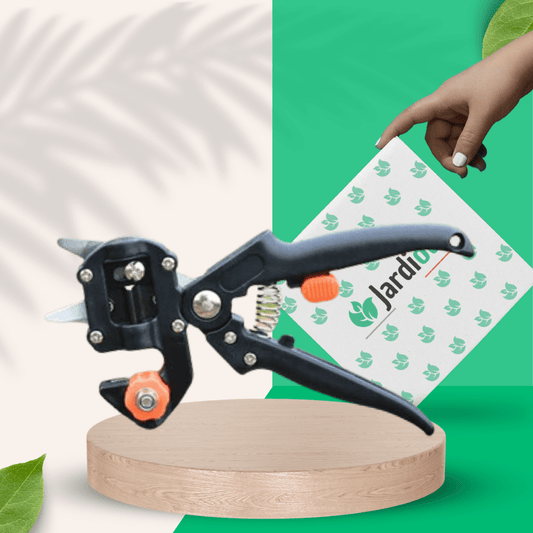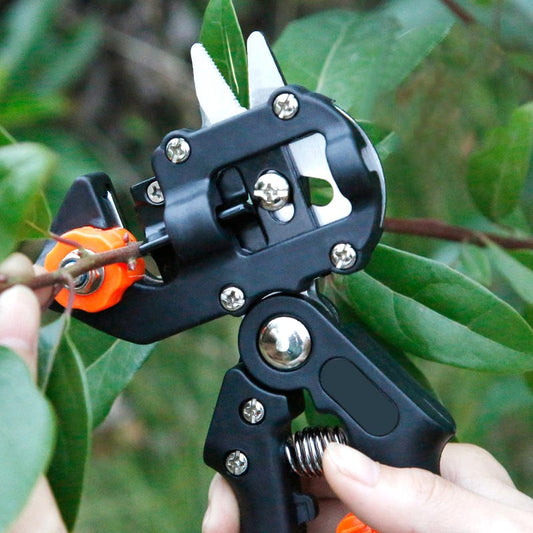How to Start a Vegetable Garden in 6 Steps?
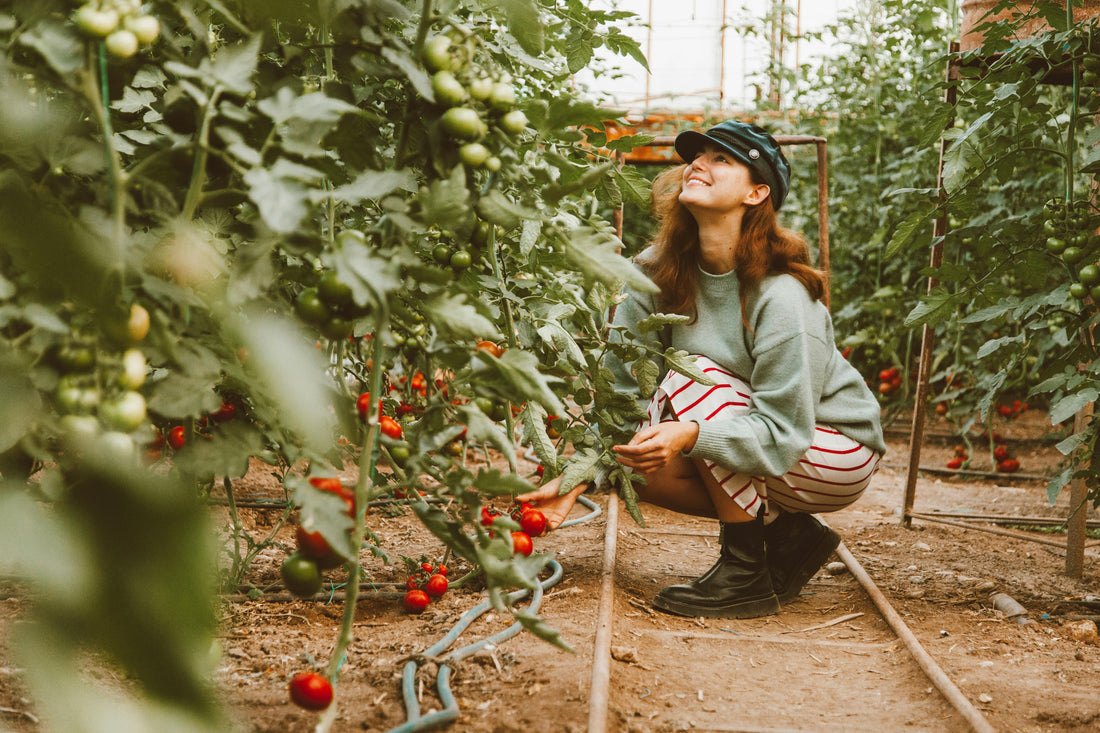
Have you ever thought about growing your own vegetables, but don't know where to start? If so, you are not alone.
Starting a vegetable garden doesn't have to be intimidating. By following a few basic instructions, you will soon be able to harvest your own lettuce or cucumbers for a summer salad.
The popularity of edible gardens has increased as people seek a deeper connection to their food and where it comes from. Vegetables from the garden are tastier than those from the supermarket and often more nutritious. There is great satisfaction in tasting a ripe, juicy tomato that you have grown yourself.
Step 1 - LEARN THE BASICS 🌱
All plants have basic needs to survive, including light, soil, water and nutrients.
- Light: Most vegetables need at least six hours of direct sunlight per day. Leafy greens like lettuce and spinach tolerate partial shade. Root vegetables like carrots and beets can do well in a location that only receives morning sun.
- Soil: Providing adequate soil is essential for growing healthy vegetables. Garden soils can be loamy, sandy, clayey or stony. Vegetables need light, well-drained soil to allow water and nutrients to reach the roots efficiently. Clay or compacted soils can cause water to stagnate, leading to root rot and other diseases, while sandy soils allow water to drain too quickly.
- Evaluate your soil with analyzes to determine its needs. Organic amendments like compost, manure and earthworms improve drainage, soil consistency and provide nutrients. If your garden soil is poor, consider adding raised beds and using a ready-made potting mix.
- Water: Vegetables grow best with regular watering. Water young plants lightly and frequently to establish their roots. Once larger, water less often and for longer to encourage deeper rooting. Too much water can lead to root rot and fungal diseases. Not enough water can cause slow growth and low yields.
- Plants will need more water during periods of heat or drought. To find out if your plants need water, stick your finger in the soil. If it's dry for 5 to 10 cm, it's time to water.
- Nutrients: All plants need nutrients to grow, mainly phosphorus, nitrogen and potassium. Many ready-to-use fertilizers are specially formulated for vegetables to simplify their use.
- Soil pH: A plant's ability to absorb nutrients depends on the level of acidity or alkalinity in the soil, called pH. Measured on a scale of 1 to 14, 1 represents maximum acidity, 14 represents maximum alkalinity, and 7 represents neutrality. Most vegetables thrive in neutral soil, but some prefer more acidic or alkaline soil.
- Before planting, test the pH of your soil. Ready-made potting mixes should already be properly balanced for at least the first season. Adjust the pH by adding lime to increase alkalinity or sulfur to increase acidity.
- Stay organic: Avoid chemical fertilizers and treatments against pests or diseases to avoid contaminating food.
Step 2 - CHOOSE A LOCATION 🌞
Choose a location: You don't need a large garden to grow your vegetables. A location that gets at least six hours of sunlight a day is all you need.
Even without space for a dedicated vegetable patch, vegetables can be grown in pots on a terrace or balcony, or in different parts of the garden. Place a tomato plant in a plastic container on the patio, line a lettuce path, or grow peas in a hanging basket.
Vegetable gardens: A vegetable garden can be planted in flat rows or in mounds. Raised soil warms up more quickly in spring and provides better drainage. Make rows oriented north-south for better sun exposure, creating paths between rows for easy access. Place taller plants like corn and climbing beans to the north so as not to shade smaller plants.
Raised beds: These are a great option for beginners because they are more efficient and easier to manage. Wooden, plastic or metal boxes are filled with a potting soil mixture. Benefits include: soil that warms faster, better drainage, higher yields and less maintenance. You can build them yourself or buy a kit.
Containers: For those short on space, many vegetables can be grown in pots on a deck, patio or balcony. Some, like peas, lettuce, eggplant and dwarf tomatoes, can even be grown in hanging baskets or inverted pots.
Grow at height: Vertical gardening is another way to optimize space. Climbing plants such as peas, climbing beans, cucumbers, zucchini and tomatoes can be grown on a trellis or other supports, such as galvanized agricultural chicken wire.
Step 3 – DECIDE WHAT TO GROW 🍅
- Grow what you like: Make a list of vegetables you like to eat. Think about how much you will actually consume, and whether you want to keep the excess.
- Start small: Narrow your list down to a few easy-to-grow varieties. Keep it simple so you don't get overwhelmed.
- Make a garden plan: Draw a plan on paper and establish a planting schedule. Also note reminders to fertilize and replant in a diary.
- Educate yourself: Familiarize yourself with the vegetables you want to grow and what grows well together (called companion planting). There are many online resources and gardening books. Seed companies often include advice on their websites. Your local garden center or university extension service can provide you with information specific to your area.
- Attract pollinators: Plant flowers like marigolds and nasturtiums to attract pollinating insects. Pollination is crucial for the development of vegetables. While some plants are self-pollinating, others need bees and insects to transport pollen.
Step 4 – DETERMINE WHEN TO PLAN 🗓️
- Cool Season Vegetables: Plant lettuce, radishes, peas, broccoli, and root vegetables like beets, potatoes, and carrots in mid-spring. Some can be replanted in late summer for a fall harvest. These vegetables grow best between 4 and 24°C. Wait until the frosts end to plant outdoors. Protect young plants from the cold with a hat or tunnel.
- Warm-season vegetables: Plant tomatoes, peppers, corn, beans, eggplant and cucumbers when the weather warms in late spring. Warm season varieties require temperatures between 15 and 35°C. Pay attention to “days to maturity,” which indicates the time needed for growth. Plants like tomatoes, which take longer to grow, should respect your area's average first frost date.
- Successive plantings: For a continuous harvest all season, plant small quantities of fast-growing vegetables like lettuce, spinach, beets, radishes and bush beans every two to four weeks. Stop planting cool-season vegetables during the summer and start again in the fall.

Step 5 - SEEDS, YOUNG PLANTS, BULBS OR TUBERS?
- Grow from seed: Some varieties like lettuce, spinach, radishes, beets, carrots, beans and peas are easy to grow from seed and can be sown directly in the garden. The seeds germinate at certain temperatures, which vary depending on the vegetable. Thin the plants for adequate spacing and avoid overcrowding.
- Grow from seedlings: Beginner gardeners will have more success with warm-season vegetables like tomatoes, peppers, cucumbers and squash by using plants purchased at a garden center. Slow-growing varieties, like broccoli, cauliflower, celery and cabbage, are also easier to start from young plants.
- Grow from bulbs or tubers: Onions can be grown from seeds, but it's easier with bulbs. Garlic is planted in cloves, and potatoes from tubers.

Step 6 - MAINTENANCE OF THE VEGETABLE GARDEN 🌿
- Keep it clean: Clear weeds and debris from planting areas.
- Mulch: Place a layer of compost, straw or dead leaves around plants to suppress weeds and retain moisture.
- Pests and diseases: With the right conditions, plants are more resistant to pests and diseases. Certain types of vegetables are more resistant. Problems vary depending on the vegetable and region. Find out before planting to detect symptoms quickly.
- Harvest: Pick vegetables when ripe for optimal flavor. Use them quickly or freeze them for later.
- Learn from your failures: It is easy to become discouraged if the harvests are not good. Even the most experienced gardeners have successes and failures. Every year is different and some factors, like the climate, are not controllable. Identify errors and correct them the following year. Focus on the successes and look forward to next year.








